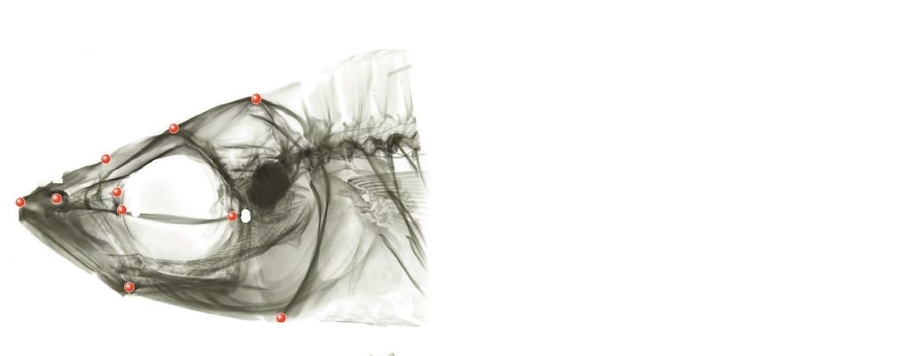
Do we need the third dimension? Quantifying the effect of the z‐axis in 3D geometric morphometrics based on sailfin silversides (Telmatherinidae)
This study investigated the impact of the third dimension in geometric morphomet-rics (GM) using sailfin silversides (Telmatherinidae) from the Malili Lakes of Sulawesi(Indonesia). The three morphospecies of the monophyletic “roundfin” radiation arelaterally compressed and vary in shape traits. The results of 2D and 3D GM werecompared and quantified to discuss the advantages and disadvantages of bothmethods for closely related species and their sexes. This approach focused on thehead because it is far more complex and three-dimensionally structured than thetrunk or the caudal region. The results revealed no significant benefit concerningrepeatability and measurement error in 3D GM compared to 2D GM. The z-axis con-tributed substantially to the variance of the 3D data set but was irrelevant for dis-crimination of species and sexes in the approach. Limited gain in information wascontrasted by substantially higher effort for 3D compared to the 2D analyses. Thestudy concluded that 2D GM is the more efficient shape analysis approach for dis-criminating roundfins. Broader studies are needed to test which of the two methodsis more efficient in distinguishing laterally compressed fishes in general. For futurestudies, due to the high investment required, this study recommends carefully evalu-ating the necessity of 3D GM. If in doubt, this study suggests testing for congruencebetween 2D and 3D GM with a subsample and consequently applying 2D GM in thecase of high congruence.





